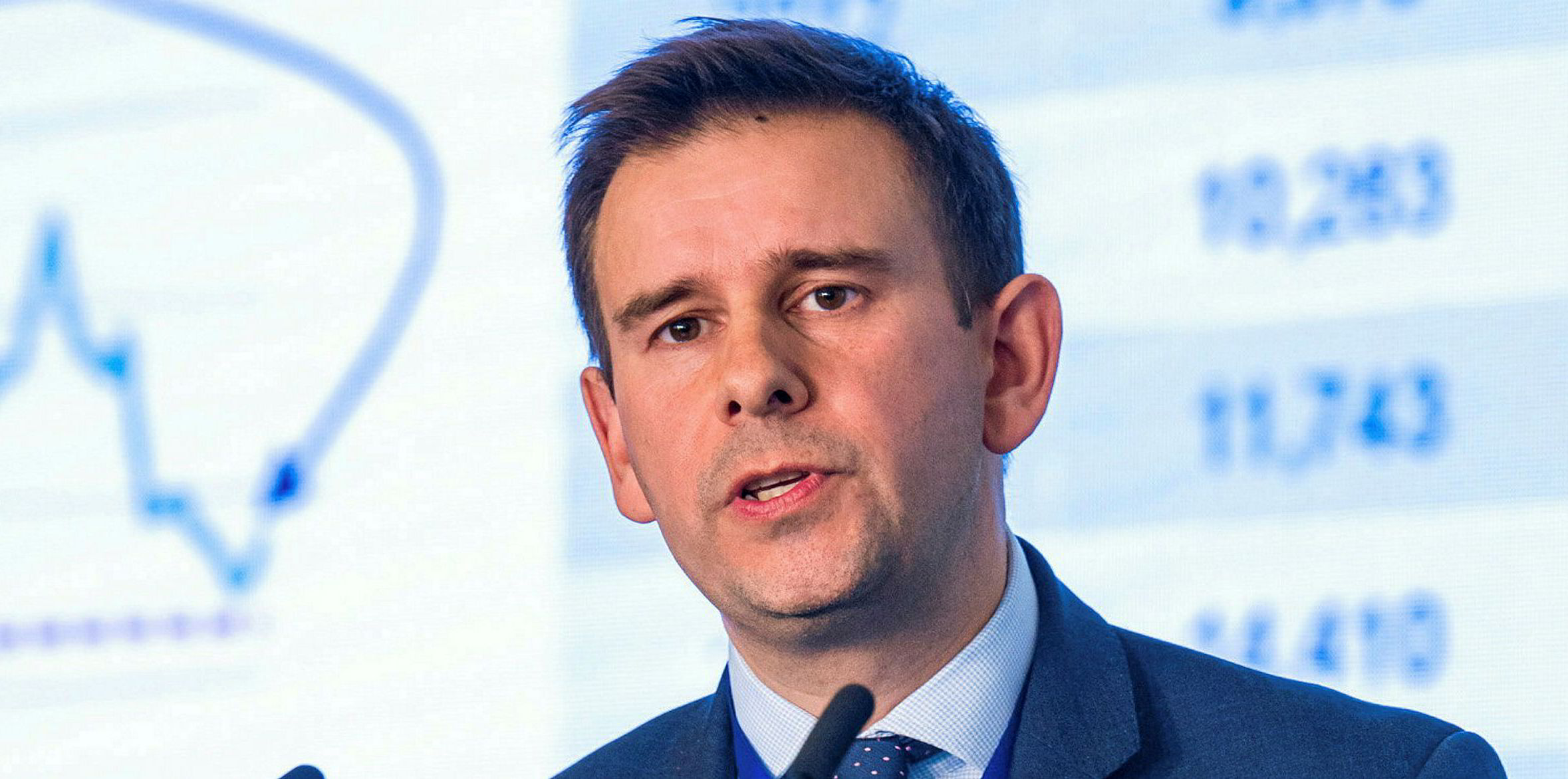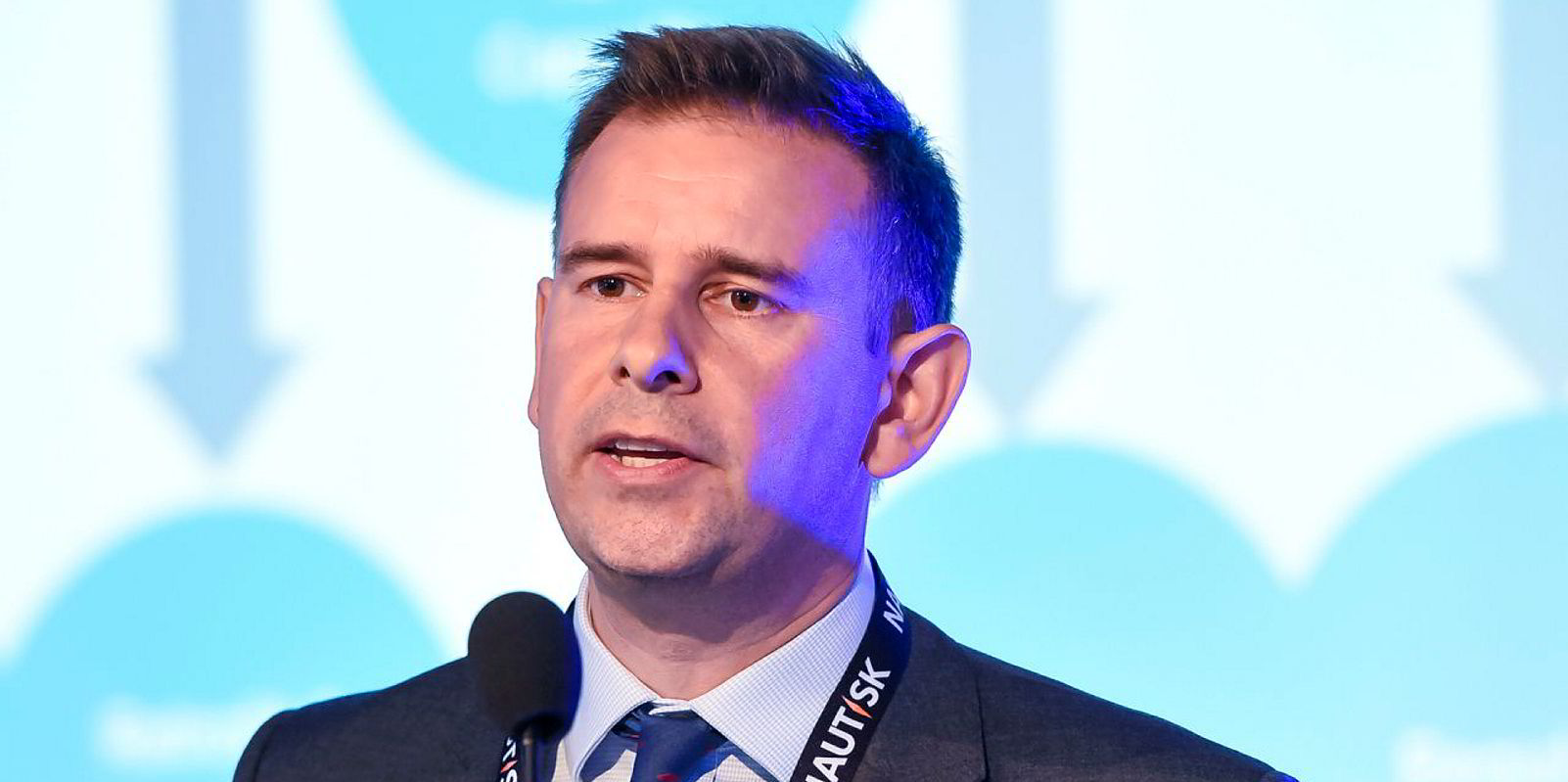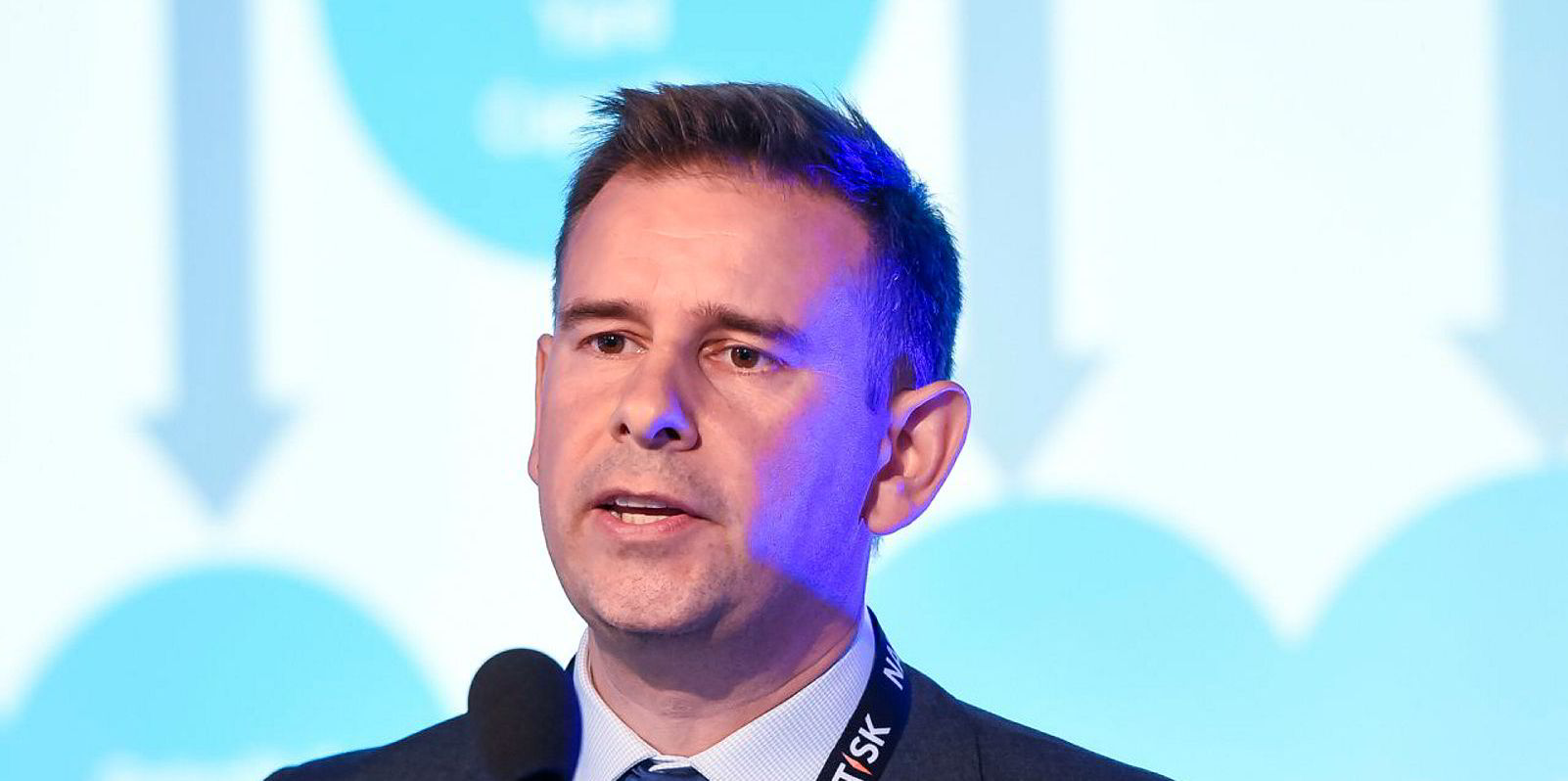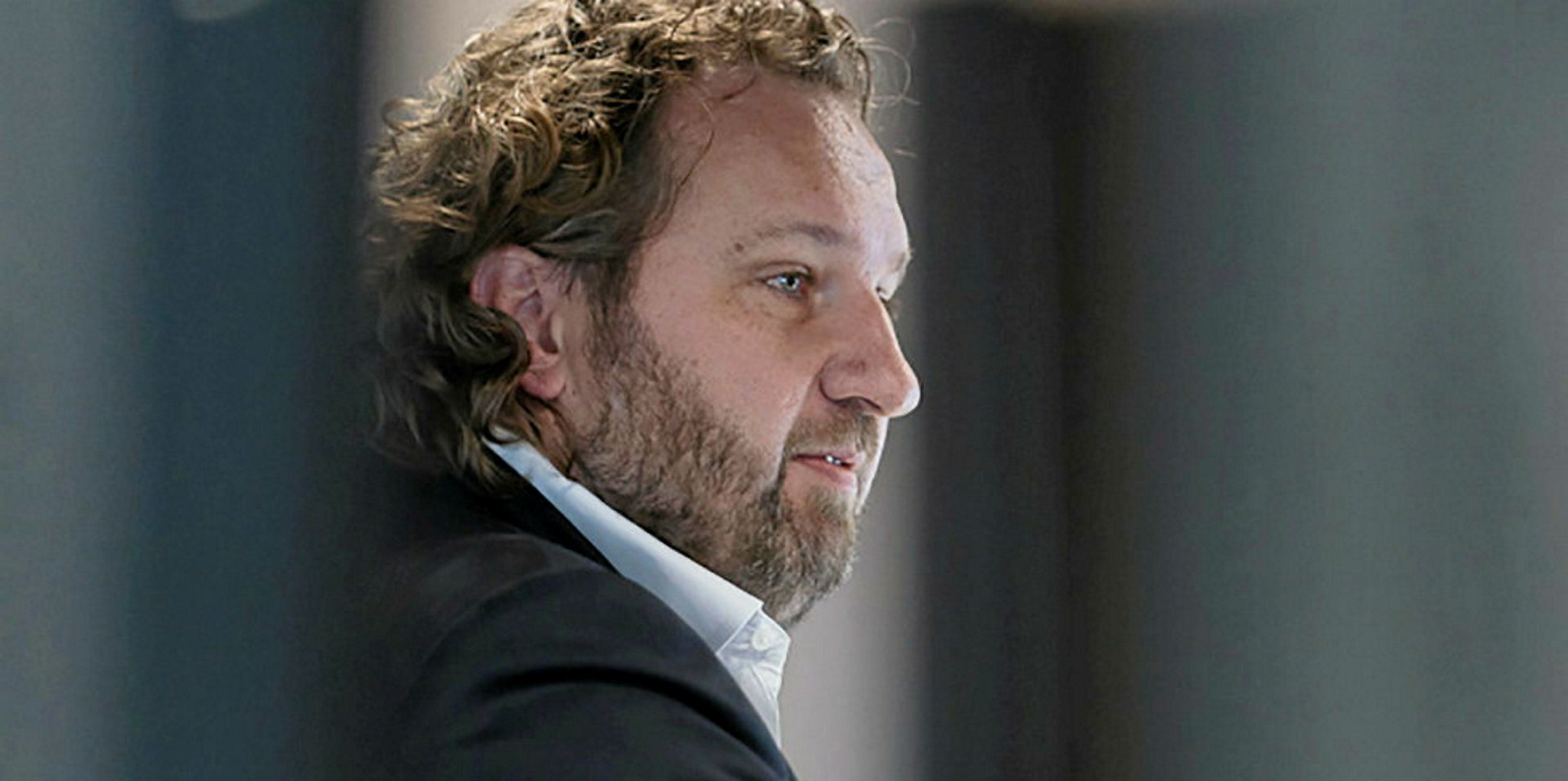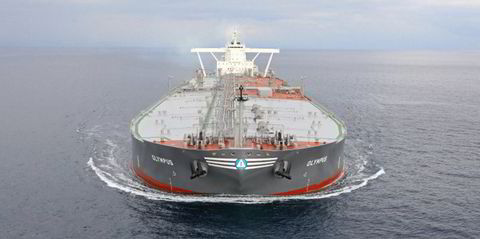Over 10% of the world fleet will sport exhaust gas scrubbers by the time IMO 2020 rules kick in at the start of next year, according to data from Clarksons.
Take-up is strongest in the VLCC and capesize markers with more than one-fifth of capacity scheduled to be fitted with the kit, according to the world’s largest shipbroker.
Despite heated debate about the merits of the technology, shipowners have added orders for scrubbers on around 400 extra ships since the start of this year, lifting the overall tally of ships to be fitted with the technology to approximately 4,000, the brokerage says.
This is comfortably in advance of the number of vessels to be fitted with LNG fuel solutions, which for now is still largely confined to the LNG carrier market, Clarksons noted.
Big names back technology
Emanuele Lauro’s Scorpio Group remains the largest adopter of scrubber technology globally, ahead of Petros Pappas-fronted Star Bulk, Diego Aponte’s MSC and John Angelicoussis, Clarksons said.
Container line Evergreen completes the top five, with George Economou's Cardiff Marine, Carnival Corp, Idan Ofer's Eastern Pacific, China Cosco and Greek owner Marmaras Navigation all in the top 10 scrubber investors.
Steve Gordon, managing director of Clarksons Research, said 11% of tonnage will have scrubbers by 1 January next year, rising to 15% by the close of 2020.
“These estimates increase to 23% and 35% for the VLCC fleet and 20% to 26% for capesizes,” he said in a scrubber count update.
LNG take-up slower
By contrast, just 3% of the world fleet is LNG capable, with 16% of the orderbook.
“We estimate that 3% to 4% of world tonnage will be LNG fuel capable through 2020, albeit the majority is still in LNG carrier sector,” Gordon said.
“LNG infrastructure is also ramping up, with number of ports globally with LNG bunkering increased from around 20 to approximately 100 in past five years.
“LPG as a fuel also gaining traction within the VLGC sector.”
Clarksons said 2,219 trading ships have scrubbers fitted, with a further 589 newbuildings set to carry the equipment.
This compares with the 507 LNG capable ships on the water, alongside 143 LNG ready vessels, and the 313 and 85 respectively on order, data from the report showed.
'Wild cards' in waiting
“Market impact of IMO 2020 includes a range of upside ‘wildcards’ that may disrupt shipping market supply and demand, including off hire time, vessel speed, accelerated recycling and changing oil trading patterns.” Gordon wrote.
“Market data around a number of IMO 2020 related issues becoming more tangible.
“Our analysis suggests off hire time for scrubber retro-fit will reduce available fleet supply across the major sectors by 0.5% to 1.4% on an annualised basis across 2019.
“Off hire trends expected to moderate in 2020 but still reduce available fleet supply by 0.3% to 0.7%.”
Big ships major adopters
In terms of specific vessel types, 8% of the VLCC fleet is already fitted with scrubbers, with a further 15% awaiting retrofitting, Clarksons says. In addition, 70% of the ships on order will carry scrubbers.
This compares with 5% of all tankers already fitted with scrubbers, the 11% of trading ships awaiting the equipment and 51% of the orderbook, the report said.
In the capesize sector, 6% of ships have the equipment onboard already, with 11% scheduled to have it installed and 52% of newbuildings opting for the technology.
Overall, in dry bulk 3% of trading bulkers have the kit on board, a further 8% will have it installed along with 29% of the orderbook, according to Clarksons.
It calculates 3% of the container fleet already have scrubbers, with more than one tenth of tonnage on the water to have it fitted as well as 50% of the orderbook.
